One issue with modern life is that landfills are piled high with garbage. Not only does it look unsightly for those who have to see it, but it can also create some severe health problems for those living nearby.
Puente Hills Landfill in Los Angeles County is the largest landfill in California, and it poses significant harm to humans and animals. The landfill contains with various kinds of trash, but you would not believe the item that takes up the most space.
California Has a Landfill Problem

California is one of the wealthiest and most expensive states in the U.S. However, it has a severe landfill problem. With a population of 39 million, it generates around 44 million tons of garbage annually.
The more garbage that needs to be disposed of, the more landfills need to be created so the garbage has somewhere to go. There are many large landfills in California, including Altamont Landfill, Desert View Landfill, Forward Landfill and Puente Hills Landfill.
Recycling Is an Issue
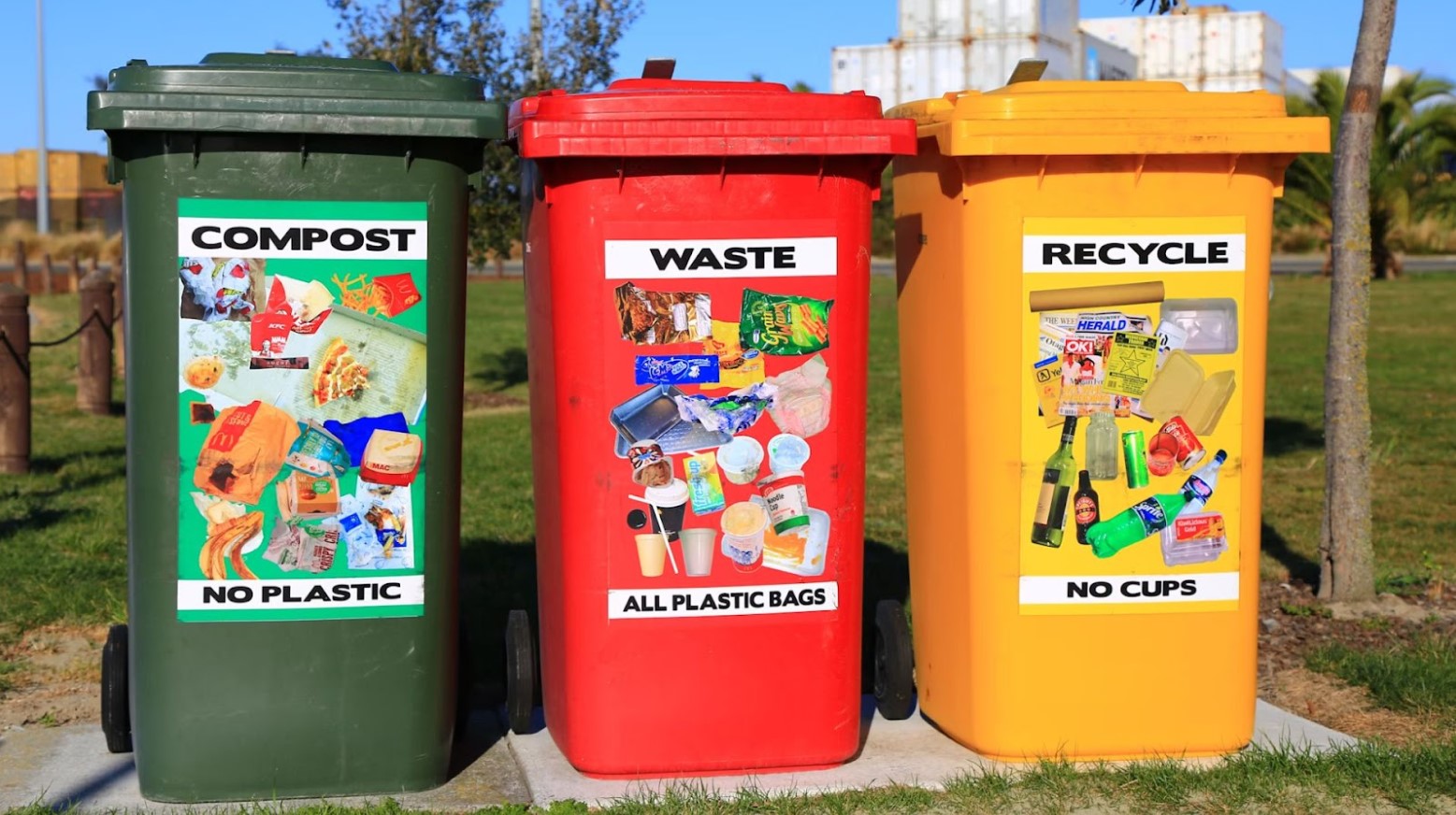
Due to California’s landfill issue, various programs have been developed to encourage people to recycle more. This was done in the hope of reducing waste, but landfills are still the most common way for Californians to get rid of waste.
Over-consumption is also an issue. With the millions of people living in California and the amount each person consumes every day, most of this ends up in trash cans, which then fill up the landfill sites.
An Unsustainable Attitude to Waste
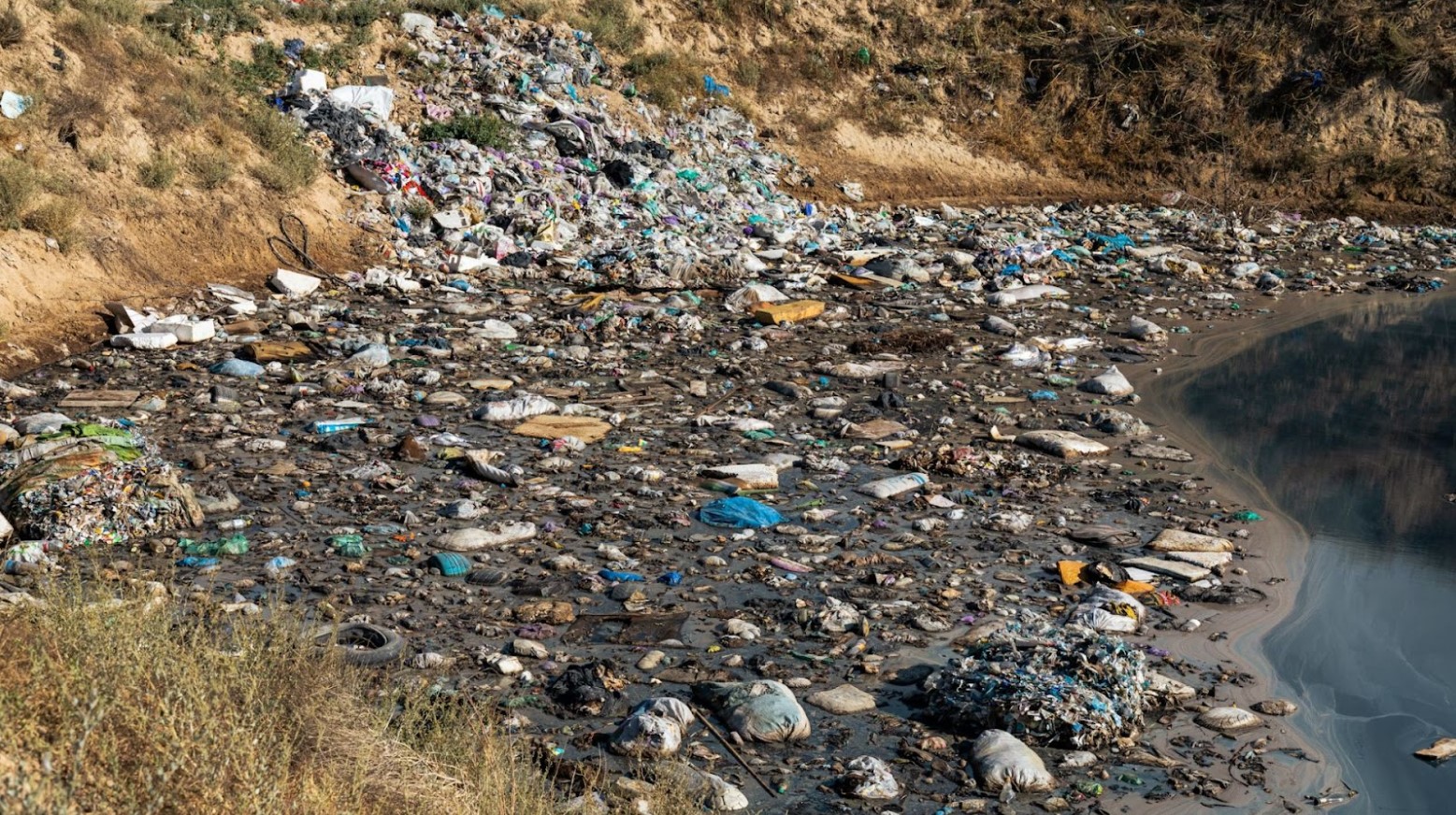
One of the main issues facing all Americans is their unsustainable attitude to waste. Even though recycling has increased by 34% in the U.S. since 1960, millions of tons of garbage are disposed of every year.
Many of these issues involve the packaging of items people consume. Many people order things online, and with those items comes a lot of packaging that needs to be disposed of. Even though some of it can be recycled, other parts must be thrown in the trash.
Paper Accounts for Most of Landfill Waste

Most people would assume that non-reusable items would make up most of landfill waste, such as feminine hygiene products or wipes, but it is estimated that paper is the most common item found in landfills.
Paper accounts for around 26% of the waste in landfill sites. This is due to people reading newspapers and magazines and then discarding them or needing to get rid of important documents. Plastics are the second most common waste product, despite both paper and plastic being recyclable.
The Landfill Site Used to Be a Farm

Before the Puente Hills Landfill site became what it is known as today, it was a dairy farm. The cows were used to deliver milk to the local residents, but it seems that a landfill site was much more needed.
Instead of waking up to the sound of cows mooing or having fresh milk delivered straight to their doors, residents began being subjected to the unsightly look and smell of a landfill site.
Puente Hills Landfill Is Now Closed
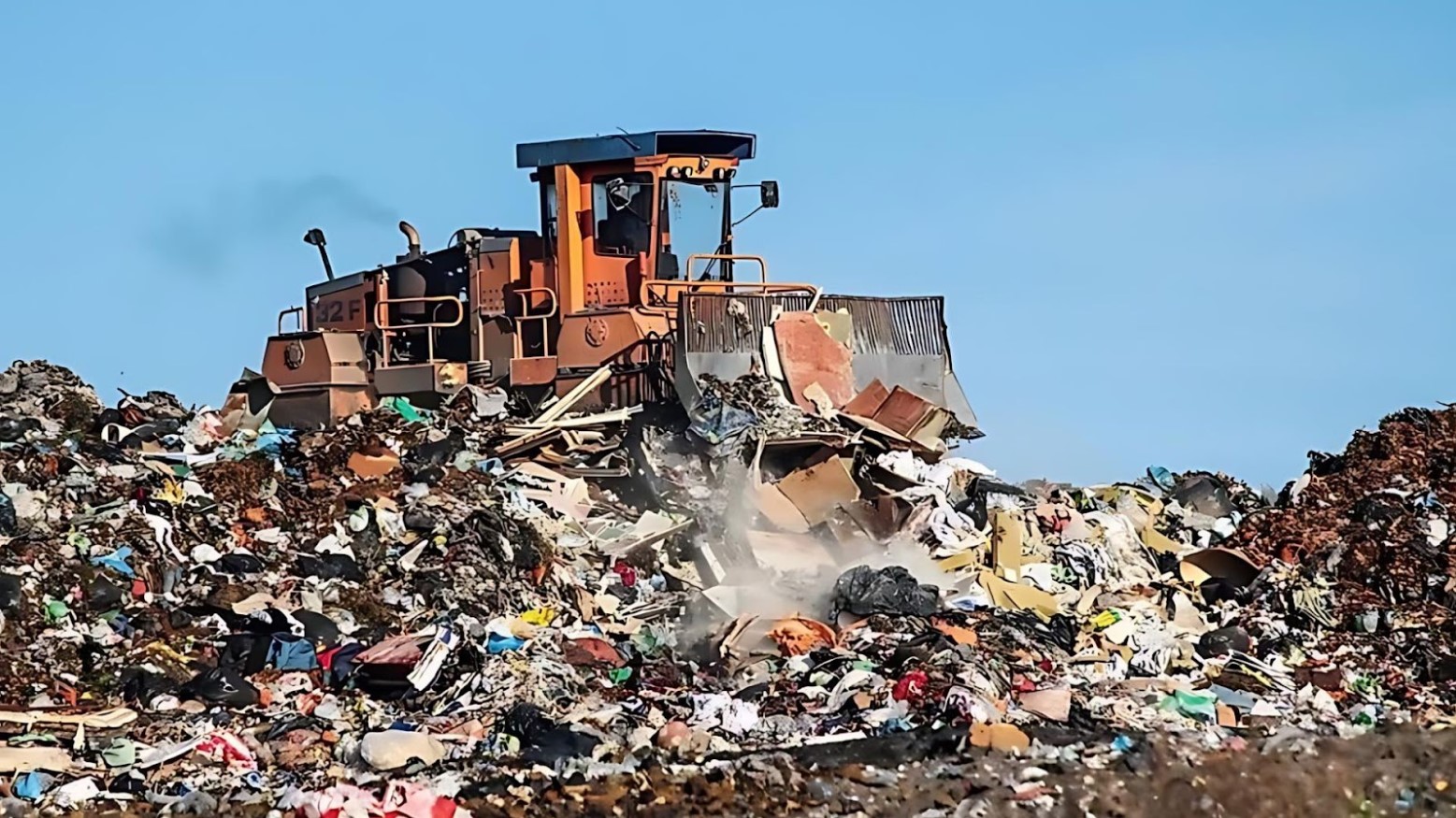
Puente Hills Landfill was situated in downtown LA and became the go-to place for people living in Los Angeles to dump their garbage. It was open for over 50 years before it closed operations in October 2013.
Despite ceasing operations, all of the waste that had been dumped at the landfill remains there. Instead of placing it elsewhere, the plan is to cover the garbage with soil and let it stay there for the rest of its life.
The Landfill Was 500 Feet Tall

At the height of its usage, the landfill rose to around 500 feet tall. For context, that is roughly the same height as a 50-story building. The landfill practically towered over the local area and was unsightly for locals and tourists.
As it’s being covered up, it is believed to only need 5 feet of soil on the top of it. This might seem like an unusual thing to do, but it is pretty standard for a maxed-out landfill site to be treated like this.
How Do Landfills Affect Wildlife?
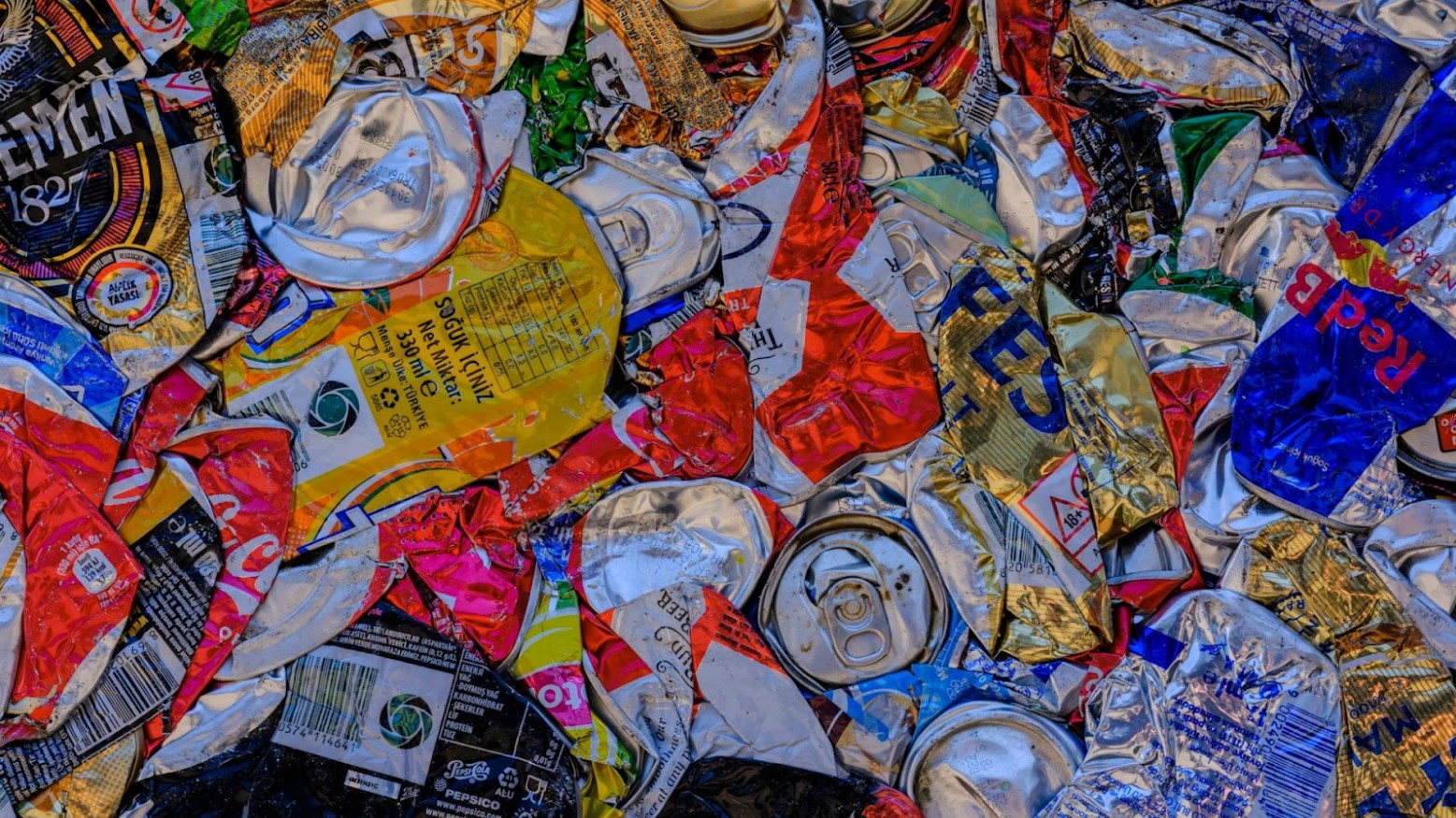
It’s easy to discard trash to go to the landfill, as it is the more straightforward thing to do, but not many consider the impact this will have on the local wildlife in the area.
As time goes on, trash seeps toxic substances into the ground. It doesn’t just affect that area — it can also seep into waterways. These substances then affect local ecosystems and have lasting consequences for those ecosystems that can go on for centuries.
Rats Can Cause Issues
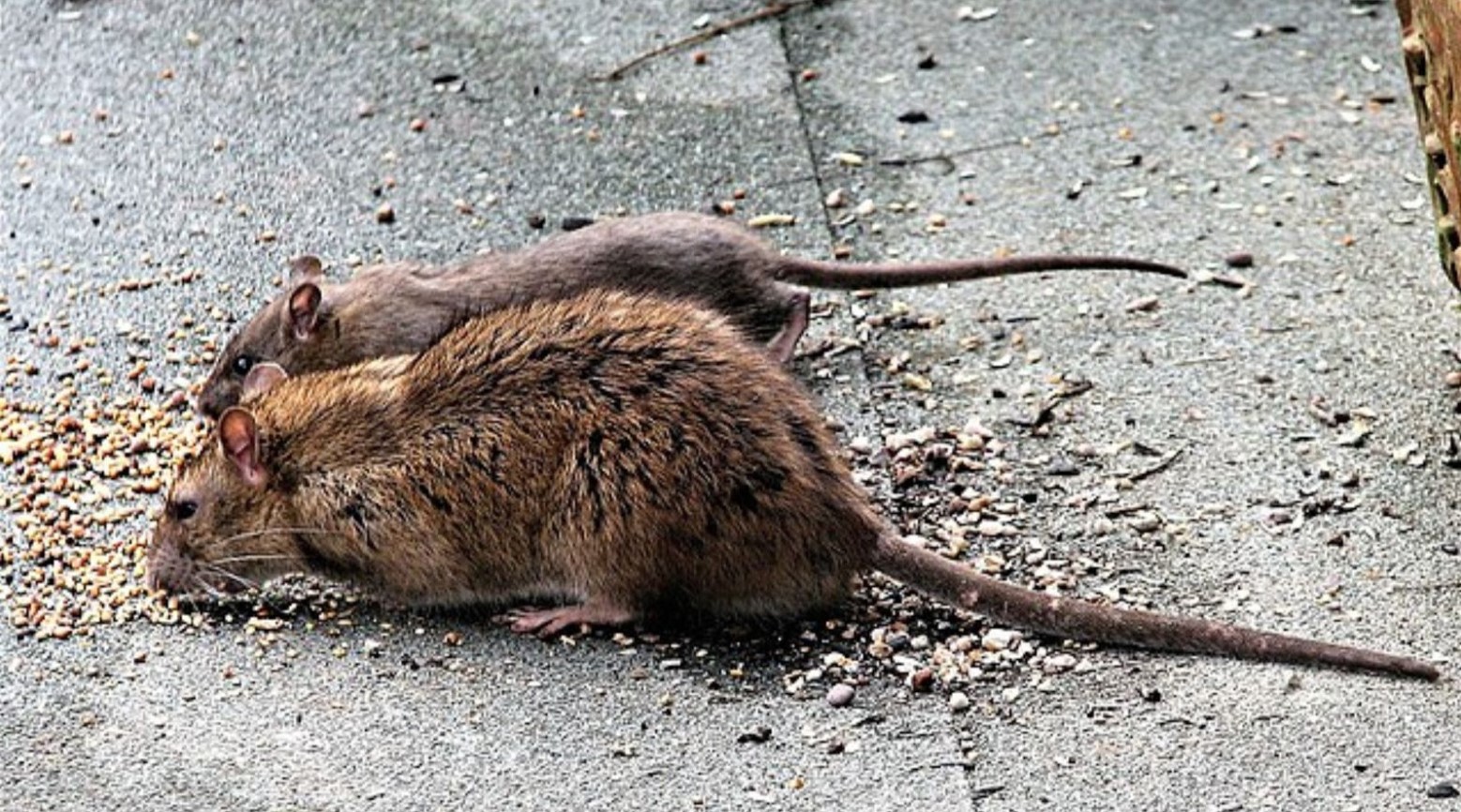
Rats are one of the main issues at landfill sites. They are attracted to trash, and the more rats that end up on these sites, the easier it is for them to pick up the toxic substances.
They then leave the landfill sites and travel to other areas, spreading the substances to land and local properties. This can affect produce, livestock and products, which might lead more people to rethink what items they put in the trash.
Puente Hills Landfill Site Will Become a Park

There is some good news about the Puente Hills Landfill site closing. The Wildlife Conservation Board (WCB) of California announced it would award $120 million in grants to 43 habitat conservation and restoration projects, including the old landfill site.
It is a 142-acre site and is now finally being put to good use. This means that instead of the site remaining an old landfill just covered with dirt, it should provide a place for wildlife to thrive and for families to visit. It also marks Los Angeles’ first regional park in 30 years.
Dealing With the Trash Problem
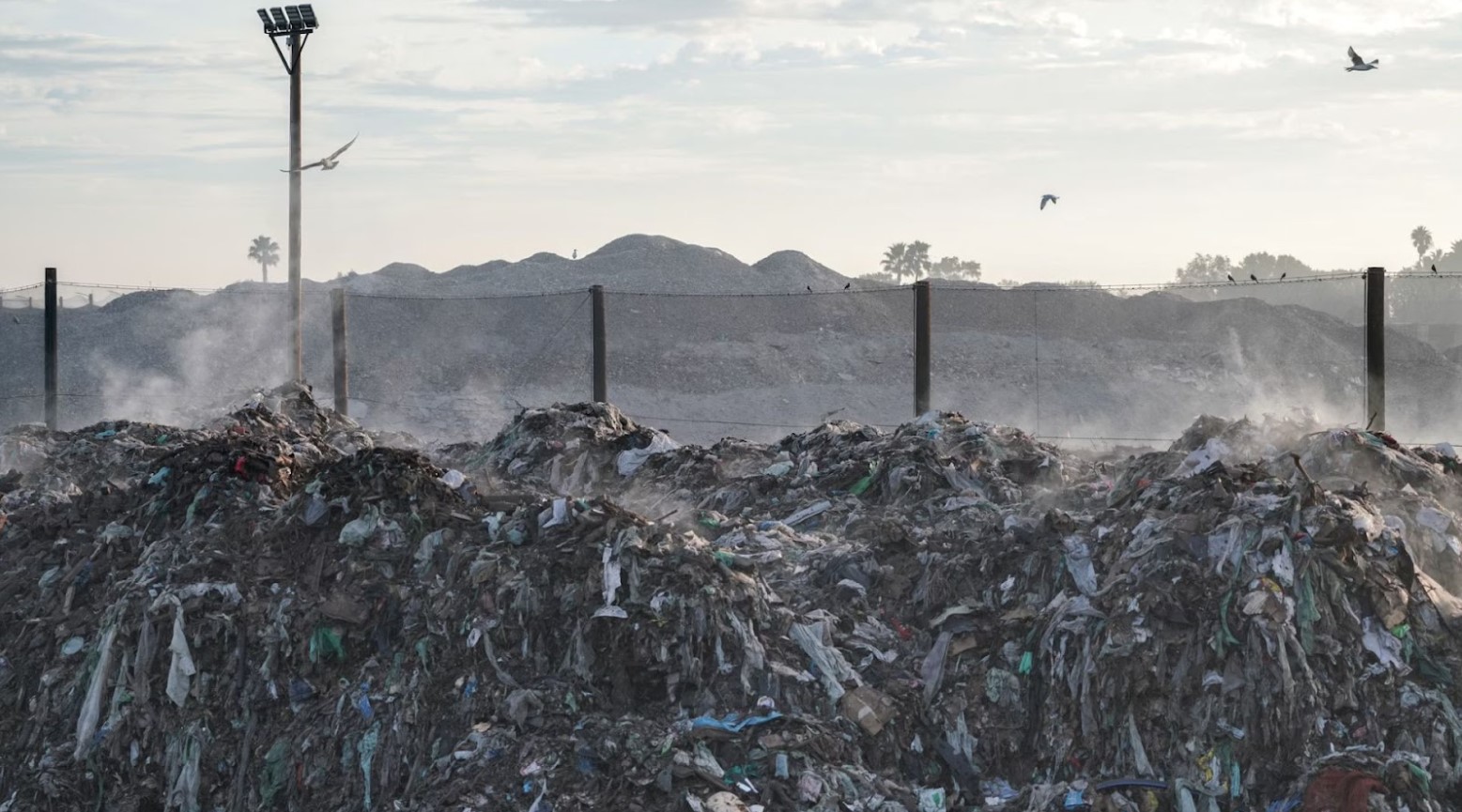
It is clear from how bad the Puente Hills Landfill site became that Los Angeles and the rest of California have a trash problem. Even though recycling efforts have increased, they haven’t increased as much as many have hoped.
It suggests that more needs to be done to curb Americans’ wasteful habits, such as putting less packaging on products and possibly giving them incentives to recycle more. A 500-foot garbage pile is considered an extreme amount of garbage, and its negative effects on humans, wildlife and the environment are only set to worsen if nothing changes.
